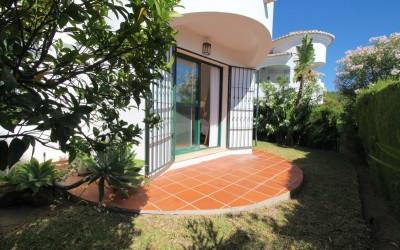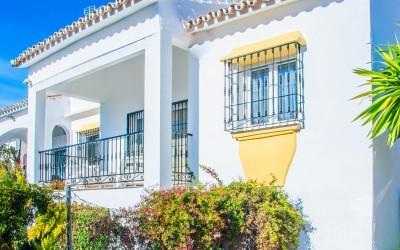
When the Coronavirus pandemic struck, expectations for the Spanish property market sunk. Forecasters suggested unprecedented drops in property prices, particularly in coastal regions that are predominantly favoured by ex-pats. However, these forecasts were wrong. The Spanish property market has remained surprisingly buoyant, and overall property asking prices have actually increased 05% year-on-year, despite the pandemic!
Here we assess why the Spanish property market is booming throughout the global pandemic, and where they might be expected to go next:
Property Demands are Changing
The coronavirus pandemic saw people forced to stay in their homes for extended periods of time, and for many Spanish residents, this provided a long period of reflection: small apartments with limited outside space were no longer the ideal. The traditional Spanish way of life of socialising in cafes and squares, rather than at home, was turned upside down. As a result, people are choosing to move to areas with more space and the countryside and coast are benefiting most from this. For this reason, locations such as the Costa del Sol are at the forefront of this trend whilst city locations are lagging behind slightly.
The numbers support this; since last April (shortly after lockdown began) Spanish coastal asking prices have risen by between 0.5% and 1,751 €/m2, depending on the location. The regions that have seen the biggest increase are the Balearics (with an increase of 4.4%) followed by Malaga/Costa del Sol (+3.1%) and Alicante/Costa Blanca (+2.6%). By contrast, some coastal regions saw a decline in their average property asking prices. The most significant of these were in Granada/Costa Tropical (-6.5%), Almeria and its costa (-5%), Las Palmas / Canaries (-4.6%), and Girona/Costa Brava (-1.6%).
Why is the Costa Del Sol Seeing Such a Significant Recovery?
With such a stark contrast between the coastal regions of the Costa del Sol and Costa Brava, for example, many observers are asking why the Costa del Sol has been such a significant economic recovery following the coronavirus crisis. One of the main reasons for this is because the Costa Del Sol tends to cater to a more high-end market, with more luxury properties, than the Costa Brava, and it is here that the current market demand is the highest. The fact is that, globally, upper-middle-class individuals have suffered much less economically than other demographics and this tends to be the biggest market for property hunters in the Costa Del Sol, whereas Costa Brava tends to offer cheaper and more affordable properties.
Another key reason why the Costa del Sol property market has remained so buoyant is that the Costa del Sol is well connected to the rest of Europe in terms of flights and ease of access. This means that the Costa del Sol isn’t as reliant on the British market as the Costa Brava, meaning that European property hunters are free to visit the Costa del Sol and look for property, so there is not as significant a drop in property prices. Swedish, Finish, Dutch, Belgian buyers are all viewing Spanish property on the Costa del Sol as a key investment, one that will give them a much better return than the minimal interest they would receive from their local bank.
Finally, the huge rise in the number of people who are homeworking means that people can choose to work wherever they want. People can now come and go from their Spanish homes all year round, working whilst they are there, making Spanish property with good transport links even more attractive. After all, if you’ve got to work from home then why not pick a home with year-round sunshine and a laidback lifestyle, without having to change career or cut back your working hours.
Are you thinking of moving to Spain? Looking to escape the cold and rainy weather in the UK and make an escape to the sun? Then why not get in touch with our local property experts, who are perfectly placed to help you find the Spanish home of your dreams. We’re excited to help you make your next move your best move!

 English
English Español
Español Deutsch
Deutsch Français
Français Svenska
Svenska Nederlands
Nederlands Italiano
Italiano Norsk
Norsk Русский
Русский

































